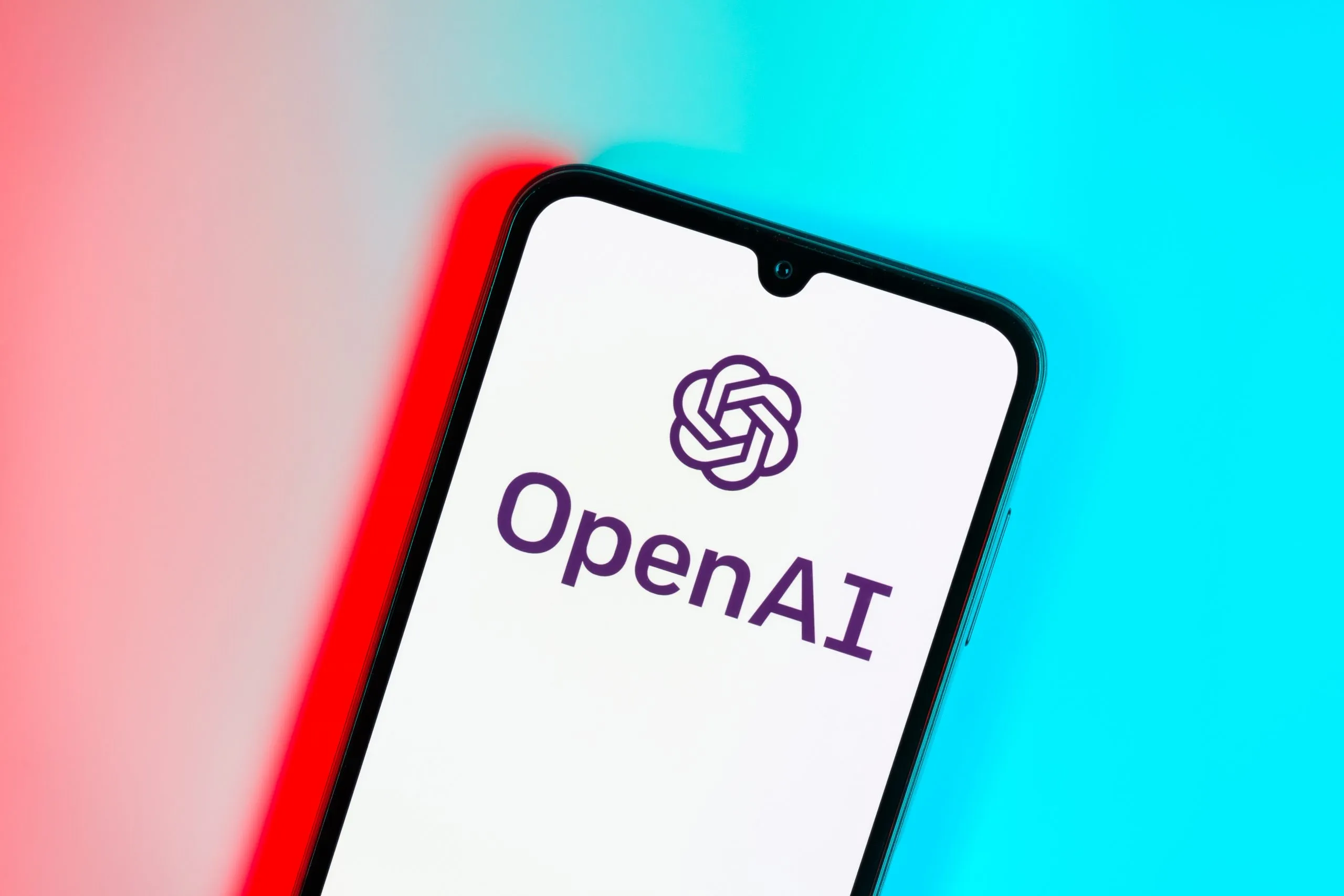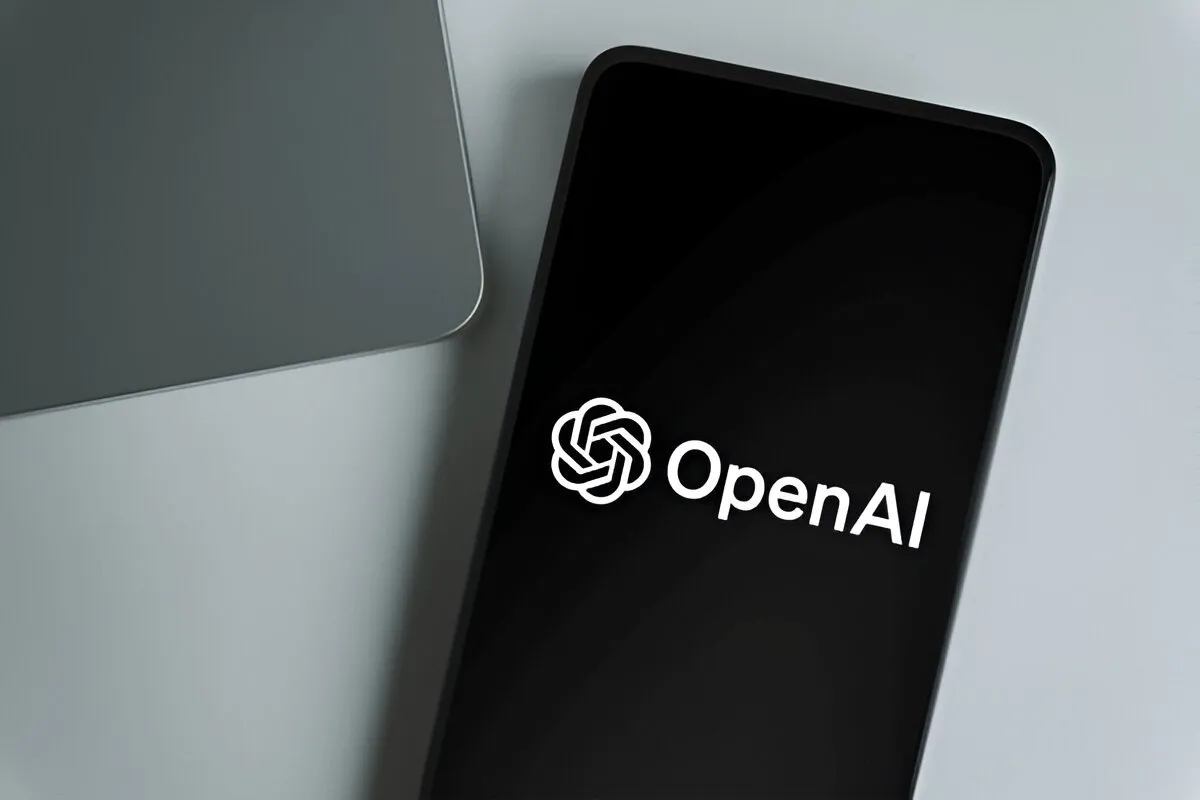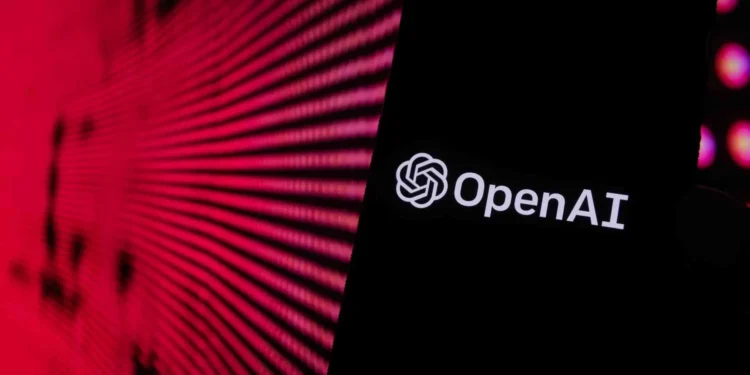OpenAI is taking its efforts to protect its increasingly advanced AI models to the next level. In a move aimed at boosting security and ensuring responsible use of its cutting-edge technology, OpenAI has announced a new “Verified Organization” process for accessing certain future models via its API. This new verification step, which requires organizations to submit a government-issued ID, is being introduced as part of OpenAI’s broader commitment to making its AI technology accessible while mitigating potential misuse.

A Closer Look at OpenAI’s New Verification Process
The newly unveiled process, outlined on OpenAI’s official support page, mandates that organizations verify their identity before gaining access to the most advanced capabilities offered on the platform. According to the company, the “Verified Organization” process is a new way for developers to unlock access to advanced AI models while ensuring the platform is used safely and securely.
Notably, OpenAI specifies that a government-issued ID is required for verification, and it is only valid for verifying one organization every 90 days. Furthermore, OpenAI makes it clear that not all organizations will qualify for verification, a step designed to ensure that only eligible developers can access these models.
As the company explains, “At OpenAI, we take our responsibility seriously to ensure that AI is both broadly accessible and used safely.” This new process is part of a broader strategy to prevent the misuse of AI technology, particularly in light of incidents where developers have violated OpenAI’s usage policies.
OpenAI’s Response to Malicious Use and Security Concerns
The introduction of the Verified Organization process also seems to be a response to growing concerns about the security and ethical use of AI as OpenAI’s models grow more sophisticated. OpenAI has been actively working on mechanisms to detect and mitigate malicious uses of its products. This is especially pertinent in light of the fact that AI models are increasingly capable of being misused by bad actors.
In the past, OpenAI has published several reports detailing its efforts to counteract such misuse, including concerns about actors allegedly linked to North Korea exploiting the API for malicious purposes. This new verification process is another step in ensuring that OpenAI’s technology is not used for harmful activities.
As OpenAI explained, this is part of the company’s ongoing effort to balance accessibility with safety. “Unfortunately, a small minority of developers intentionally use the OpenAI APIs in violation of our usage policies,” reads the page, which highlights the growing challenge of safeguarding the platform as its capabilities expand.

The Fight Against Intellectual Property Theft
While the focus on security is clear, the introduction of Verified Organization also serves as a preventative measure against intellectual property theft, a growing concern as AI models become more valuable. Earlier reports suggested that a group linked to the China-based AI lab DeepSeek had been investigated for allegedly exfiltrating large amounts of data through OpenAI’s API in late 2024. The aim? To possibly use the stolen data for training models—a clear violation of OpenAI’s terms of service.
In response to these concerns, OpenAI has continued to refine its policies and block unauthorized access. A particularly significant move occurred last summer when OpenAI blocked access to its services in China, underscoring its commitment to protecting intellectual property and maintaining secure usage of its platform worldwide.
What Does This Mean for Developers?
For developers and organizations aiming to access OpenAI’s future models, this verification process represents an important shift in how OpenAI will manage access to its most powerful tools. It sets a precedent for a more stringent, identity-verified framework, which may encourage safer, more responsible development while preventing the risks posed by unauthorized or malicious users.
The “Verified Organization” process is just one of several steps OpenAI is taking to enhance security and trust in the platform. For organizations hoping to harness the power of AI while adhering to OpenAI’s guidelines, understanding and complying with these new verification requirements will be essential for continued access to the platform’s most advanced features.
The Verified Organization process marks an important turning point for OpenAI as it continues to grow its product offerings and expand its reach. By ensuring that only trusted, verified organizations can access its most advanced models, OpenAI is working to safeguard both its technology and the broader developer community.

While this added layer of security may be an inconvenience for some, it highlights the growing importance of ethical AI use. OpenAI’s focus on responsible access and the prevention of misuse makes it clear that the company is committed to its mission of advancing AI technology while maintaining a safe, secure, and ethical environment for its users.
As OpenAI’s capabilities continue to evolve, it will be interesting to see how this verification process unfolds and how it impacts the broader landscape of AI development and innovation. For now, developers and organizations must be prepared to meet these new requirements to stay at the forefront of AI’s most advanced frontiers.










